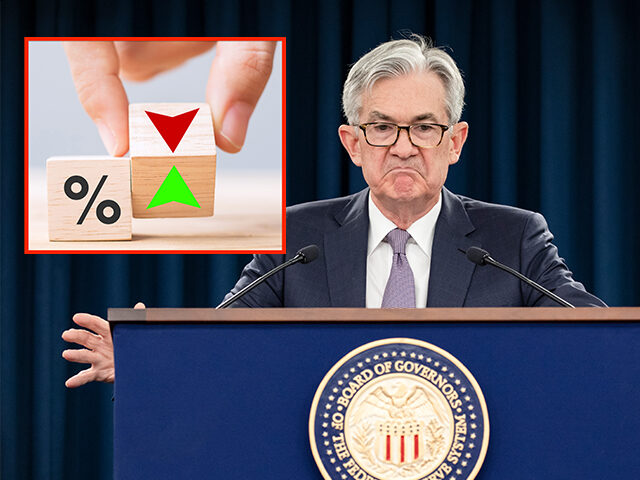Skittish Fed Holds Fed Funds Target Unchanged
Why not just hike?
The Federal Reserve on Wednesday announced its decision not to raise the range for its benchmark federal funds rate target, choosing to leave rates alone for the first time in 15 months. This was widely anticipated by markets and economists after a series of speeches and remarks by Fed officials made it clear that they wanted to take a month off from hikes in order to assess the famously “lagged and variable” effects of earlier hikes.
At the same time, however, the Fed sent a clear signal that this was not the end of the era of Fed hikes or even the beginning of a prolonged pause. Instead, this was what the market has taken to calling a “skip” after the term was used in a speech by Fed Governor Christopher Waller.
“I do not expect the data coming in over the next couple of months will make it clear that we have reached the terminal rate. And I do not support stopping rate hikes unless we get clear evidence that inflation is moving down towards our two percent objective. But whether we should hike or skip at the June meeting will depend on how the data come in over the next three weeks,” Waller said last month.
A Hawkish Skip
The early read on Wednesday was that this was a “super hawkish skip.” That’s Wall Street lingo for the Fed holding rates steady while indicating a very strong likelihood that more rate hikes are looming. The Summary of Economic Projections now shows the effective fed funds rate is expected to rise to 5.6 percent by year end, up from the 5.1 percent at the March meeting.
Since the March projection was for rates to rise by just one more quarter-point hike and that hike was already adopted in May, that projection was widely seen as outdated. But few expected the Fed’s new projections to show 50 more basis points of hikes. That could mean two more quarter-point hikes this year, basically one every other meeting, or a 50 basis point hike sometime between now and the end of year.
The range of Fed projections now run from 5.1 percent—no hikes—to 6.1 percent, up from a range of 4.9 percent to 5.9 percent at the March meeting. This is the first time that one of the “dots” that represent Fed officials in the projections has gone above six percent. Still, it is only one dot, so most Fed officials do not see rates going that high.
Lots of the dots, however, moved up. At the March meeting, there were just three dots at the 5.6 percent fed funds rate. The June projections have nine Fed officials at that level. There are still two dots at the 5.1 percent rate. In March, there were ten.
If Fed officials think they’re going to have to raise rates, why not just go ahead and do it now? Unfortunately, the answer is likely that the Fed had talked itself into a corner. After all the talk of pauses and skips, the market had locked in the view that the Fed would not raise rates. Fed officials appear not to want to surprise markets with unexpected hikes and may have felt that they could not react to the hotter-than-expected payrolls numbers or other stronger-than-expected economic data released over the last week and a half.
In his press conference, Powell explained the decision to hold off on rate hikes for now by saying the speed of hikes was no longer as important as it was when inflation was running much higher. The Fed still thinks the level should be higher but believes inflation can be brought down with a more moderate pace of hikes. Powell even called Wednesday’s move “a skip” before correcting himself, saying, “I shouldn’t call it a skip.” That’s alright, Jay. We’re all calling it a skip, and you can also.
A More Immaculate Disinflation?
The other projections in the summary seem to point toward a Fed that is still convinced it can bring inflation down to its target without a recession. The year-end projection for the personal consumption expenditure (PCE) price index dropped to 3.2 percent from 3.3 percent. Next year’s projection held steady at 2.5 percent, and the following year was unchanged at 2.1 percent.
Yet the Fed now sees the economy growing one percent this year, up from just 0.4 percent. Next year’s GDP growth was brought down by just a tick to 1.1 percent from 1.2 percent, and the following year is now seen as 1.8 percent (which is also the Fed’s long-term projected growth rate) from 1.9 percent. So, the Fed now sees inflation falling slightly more than it expected in March despite an overall higher projection for growth over the next few years.
The situation with unemployment is similar. The median expectation for unemployment this year fell to 4.1 percent from 4.5 percent. In the following two years, unemployment is expected to be 4.5 percent rather than 4.6 percent. This looks like an expectation for painless or immaculate disinflation.

COMMENTS
Please let us know if you're having issues with commenting.